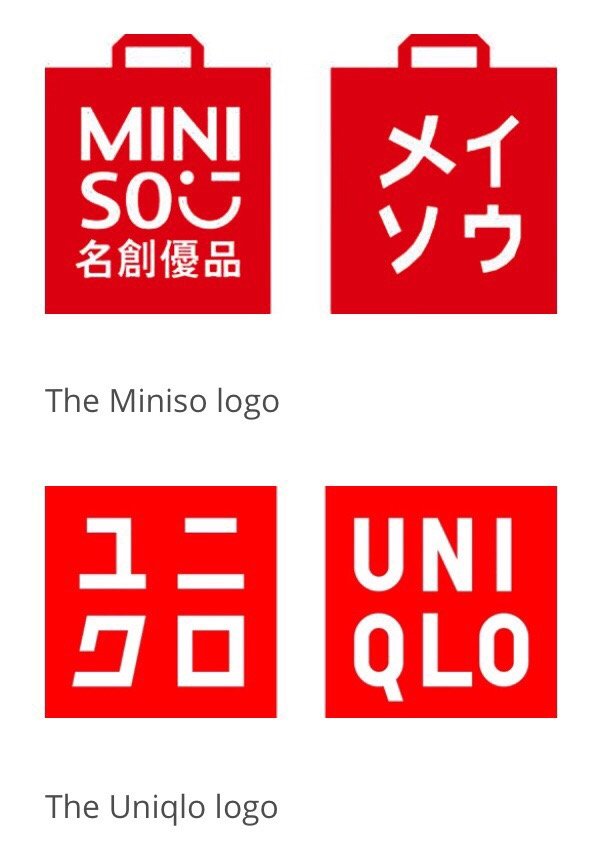Trade mark infringement is far more common than most business owners would expect. Brands that start developing a good reputation in the marketplace are often copied or imitated by other companies trying to capitalise on their growing goodwill. In this post, we will discuss what the trade mark infringement process involves and how a company can enforce their trade mark rights.
What is trade mark infringement?
If a company uses an identical or similar trade mark for the same set of goods or services to a registered trade mark, they are committing trade mark infringement. Due to the similarity, the trade mark can cause confusion in the public. Consumers might believe that the product or service being offered by the company bares a relation to the registered trade mark.
This can lead to a number of issues for the company with the registered trade mark. It can cause a decline in their sales. Their reputation can be affected if the similar product or service is of sub-par category thus being detrimental to a mark’s distinctive character leading to dilution of their trade mark.
A good example of trade mark infringement by an identical logo can be seen below
When a trade mark has significant reputation, any same or similar mark will also be counted as an infringement regardless of what products or services are being sold. A company cannot use a similar sounding name or logo to a reputable trade mark.
How do you address trade mark infringement?
Once a clear case of trade mark infringement has been established, the company with the registered trade mark has to enforce its protection. This can be done in a number of ways which have been outlined below.
Mediation
An often necessary step in most legal matters, mediation can be used to come to an agreeable settlement between two parties. It is a cheaper and quicker alternative to court action. The UK Intellectual Property Office (IPO) provides accredited mediation services covering a range of intellectual property rights.
Using Intellectual Property Enterprise Court (IPEC)
IPEC has been created to help small and medium-sized companies as well as individuals to resolve intellectual property (IP) issues in a more affordable manner. A trade mark infringement matter would be covered under the IPEC.
IPEC offers two procedures, which are listed below.
- IPEC (Small Claims Track): Claims less than £10,000. No legal representation is required.
- IPEC (Multi Track): Recoverable costs are cappeTraded at £50,000, while the value of damages claim is capped at a maximum of £500,000.
Any claim worth more than £500,000 in damages or lost profits will have to be taken to the High Court.
How would a trade mark infringement process be started?
If a company finds a clear case of trade mark infringement, it is recommended that they contact a trade mark attorney to discuss the matter. In doing so, they can learn what the steps will be in order to deal with the matter.
As a first step in stopping trade mark infringement, the infringer must be notified of the issue through a cease and desist letter. The purpose of this is to stop them from continuing the use of their trade mark and understand the consequences they can face as a result of this infringement.
Mediation services can be used at this point as well as an attempt made to amicable resolve the matter directly between the two parties. This is often requested before court action is taken and is seen as a positive step.
Once no resolution can be achieved either directly or through mediation. The next step is to escalate the matter in the court. This is time consuming and costly.
One of the most important aspects of trade mark infringement is gathering evidence of losses, damage to reputation or any other issues caused by it. This can be difficult, especially proving financial losses as a result of trade mark infringement. Some methods of quantifying losses are through researching website traffic, brand recognition online and obtaining company financial information, if possible.
The same applies for proving damages to reputation. If the infringer has received negative feedback and reviews publicly, it can be used to show damage to reputation.
If you were to come across a case of trade mark infringement, it would be best to start by contacting a trade mark attorney or intellectual property solicitor and then following the steps outlined above.



